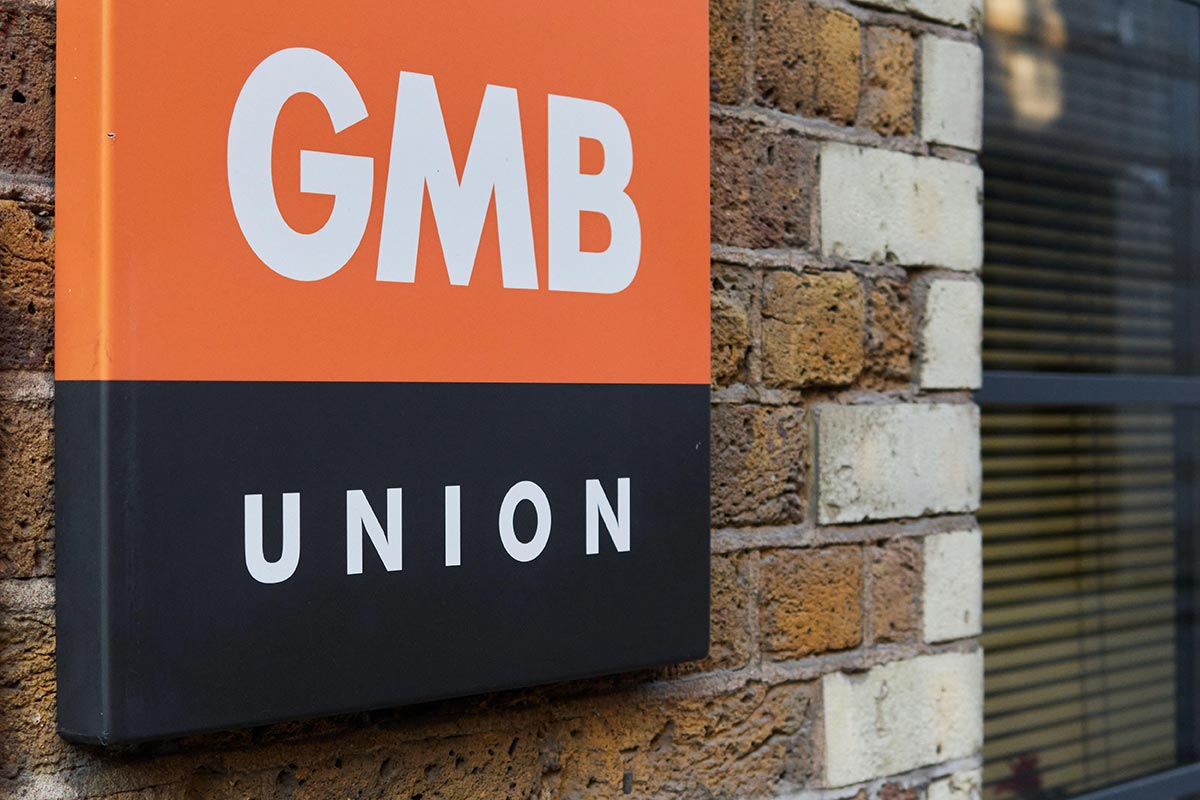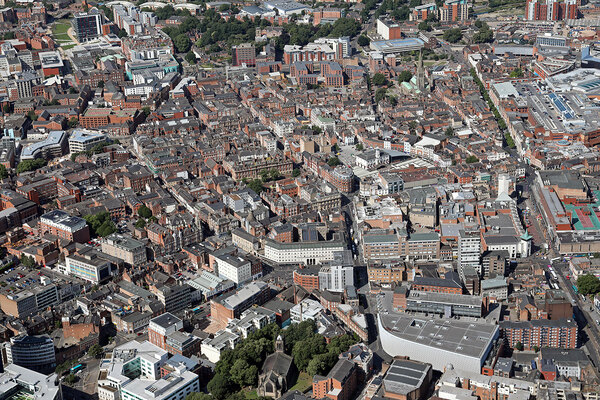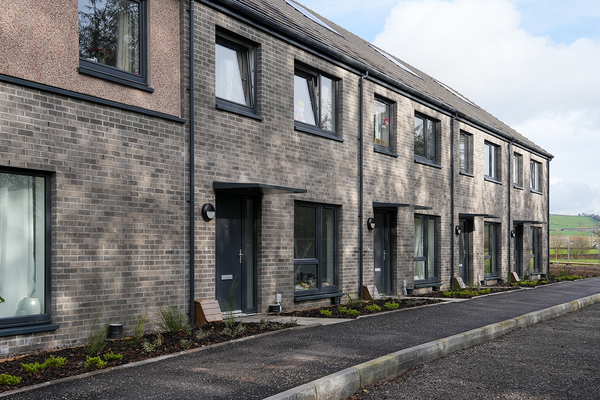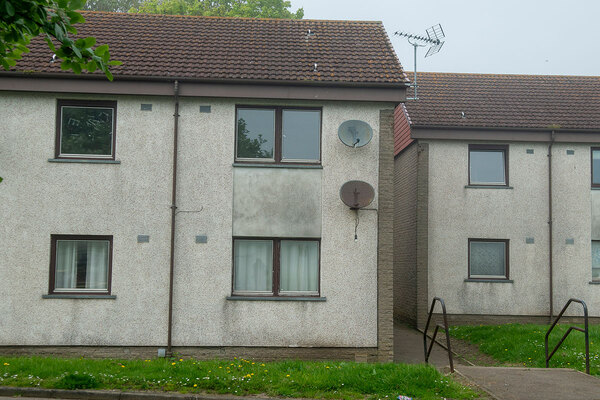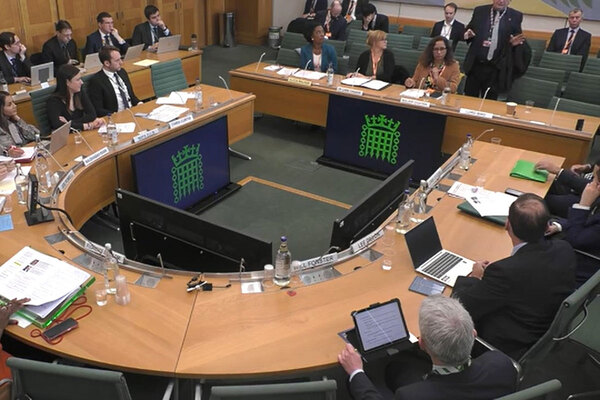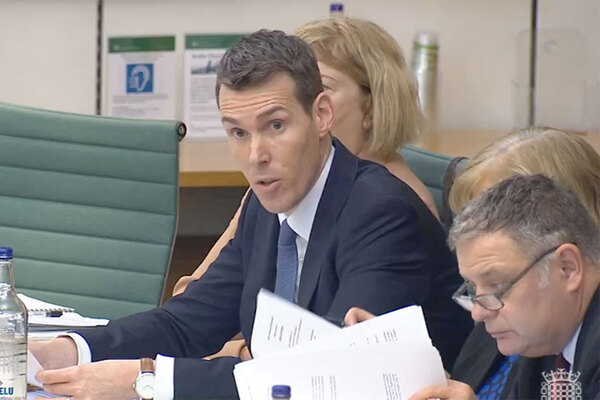You are viewing 1 of your 1 free articles
Consultation launched on ‘street votes’ for new developments
The government has launched a consultation on plans for residents to propose and vote on new developments on their street.
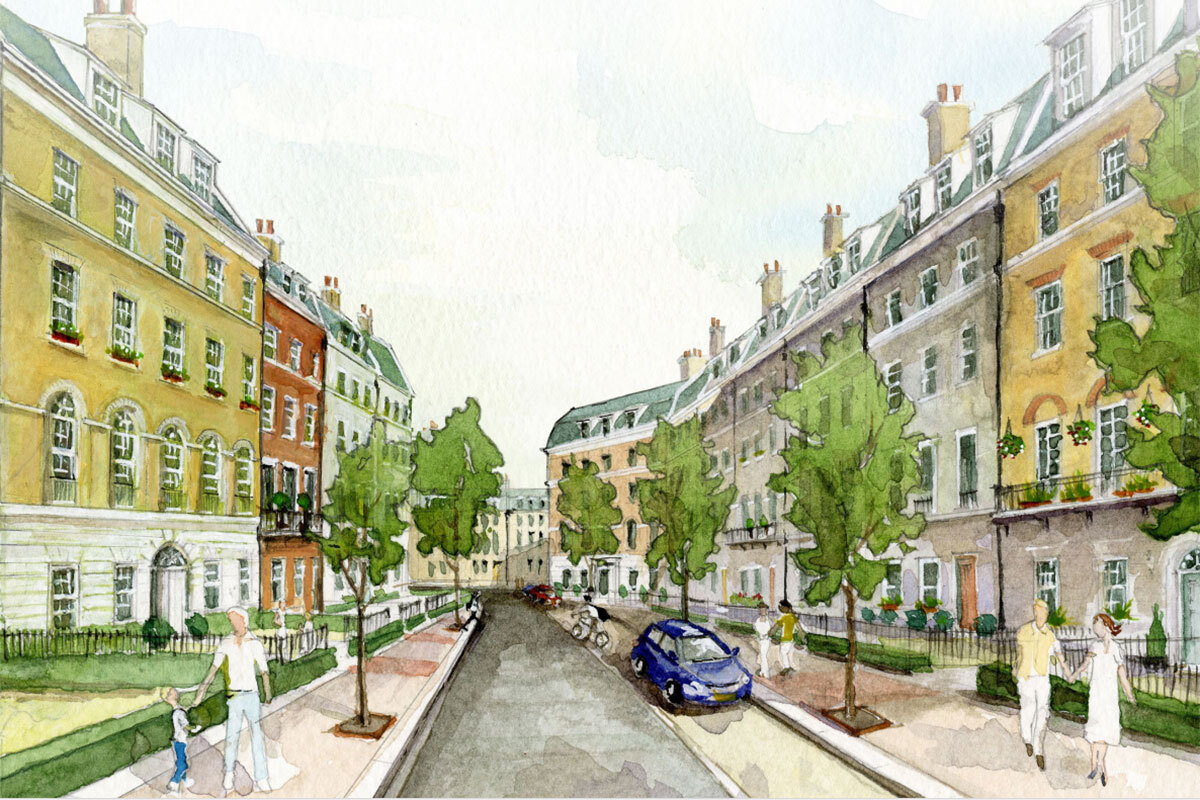
These street vote development orders are a new way to gain planning permission introduced in the Levelling Up and Regeneration Act 2023.
Residents will be able to propose development on their street, such as adding an extra storey to their houses. Then they can vote on whether the development should be given planning permission.
The policy was inspired by recent successful estate regeneration ballots in London where a majority of residents have often voted for redevelopment.
The idea is that a successful street vote will create a mandate for new housing that overcomes the power of blockers to veto the development.
It is also hoped that street votes will also allow residents to share in the economic benefits of new development. For example, the value of a property may increase as a result of a street vote, so there is an incentive for homeowners to work with their neighbours to prepare one.
Residents can put forward a proposal directly or with an architect. To qualify for an application, the consultation proposes that a group of residents must contain at least 20% of the total number of individuals registered to vote in local council elections on the street.
For streets with between 10 and 25 residential properties, a sliding scale of participants is required to qualify for an application.
Qualifying groups will be required to engage with the community about their proposals in a manner they see appropriate.
The proposal will be examined by the Planning Inspectorate to ensure the plans meet design standards. In areas with fewer than 20 residents per hectare, floor limits are capped at two storeys, rising to five storeys in areas with more than 120 residents per hectare.
A further storey may be added provided it is set back at a 75 degree angle. In addition, residents can also propose a basement similar to Victorian or Georgian terraces.
If they pass the examination the plans are put to a referendum. Absentee landlords and some foreign nationals who live on the street will not be able to vote. The local authority’s returning officer will organise and conduct the vote by postal voting only.
Where the required threshold of votes is met, planning permission is granted. For a development to be approved, at least 60% of those eligible to vote must vote in favour, and at least one voter in at least half of the voting households on the street must vote in favour.
Development must then begin within 10 years of the order being made. This is longer than typical planning rules because the permission will apply to properties under many different owners, some of which may not be able to begin development within a shorter time frame. The consultation also suggests an alternative: that no time period would be provided for development to begin.
Local authorities will be able to capture value from the new housing via the community infrastructure levy and, when it is introduced, the new Infrastructure Levy.
The consultation also sets out areas that are excluded from street votes, such as green belt land, national parks and sites with a world heritage property.
The secretary of state can add to the list of excluded areas if, for example, land has been safeguarded for infrastructure projects or is near Ministry of Defence assets.
Views received from the consultation will inform secondary legislation that will set out more detail on how street votes will operate.
The consultation is open until 2 February. You can respond here.
Sign up for our development and finance newsletter
Already have an account? Click here to manage your newsletters

